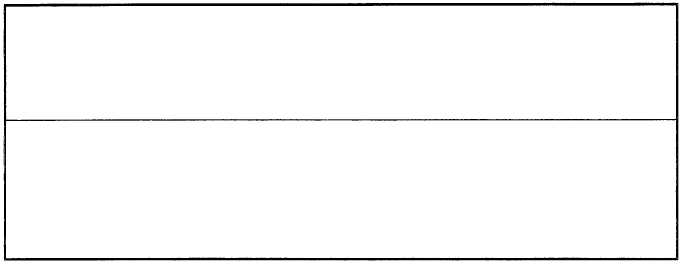TEMP CODE PART A (The indicators for the mandatory pressure levels are bolded)
TTAA 64121 72306 99030 05050 09015 00211 06060 09005 92815 02227 08021
85490 00646 07016 70010 06900 08527 50560 22764 09047 40718 33372 09045
30916 459/ / 09071 25090 543/ / 09096 20225 581/ / 09099 15475 595/ / 09615
10745 575/ / 09100 88145 589/ / 09098 77132 09628 40508;
SYMBOLIC FORMAT
MiMiMjMj YYGGId IIiii
99P0P0P0 T0T0Ta0D0D0 d0d0f0f0f0
PnPnhnhnhn TnTnTanDnDn dndnfnfnfn
88PtPtPt TtTtTatDtDt dtdtftftft or 88999
77PmPmPm dmdmfmfmfm (4VbVbVaVa) or 77999;
(identification)
(surface)
(all other levels)
(tropopause)
(maximum wind)
Figure 4-32.—An example of TEMP coded mandatory level information.
Altitudes reported in upper-air observations are
reported in geopotential meters. A geopotential meter is
an approximation based on measured temperature,
humidity, and pressure values. It is approximately
equal to a standard meter.
Drawing the altitude scale requires a slight
modification of the diagram. Start by relabeling the
40°C isotherm 0 meters, on the bottom margin of the
diagram. Continue labeling the isotherms every 10°C
across the bottom margin of the diagram, and then up
the left edge of the diagram, in 1,000-meter increments,
as shown in figure 4-31. The isotherm scale may now be
used also as an isoheight scale, with the -120°C
isotherm representing a 16,000-meter isoheight.
To plot information above the 100-hPa level, the
altitude scale must be continued. The continuation
scale is constructed by labeling the 0°C isotherm on the
right margin of the diagram as 16,000 meters, and
labeling the isotherms every 10°C in 1,000-meter
increments up the right margin, and across the top of the
diagram. On this continuation scale, the -120°C
isotherm now also represents a 28,000-meter isoheight.
PLOTTING REPORTED INFORMATION
As an observer, you will plot information directly
from Parts A, B, C, and D of the TEMP, TEMP MOBIL,
and TEMP SHIP coded reports, and from Parts B and D
of the PLOT, PILOT MOBIL, and PILOT SHIP coded
reports on this diagram.
The usual procedure for plotting information on the
diagram is to first plot mandatory pressure-level
information (at a pressure level- the altitude,
temperature, dew-point depression, wind direction and
wind speed), as contained in Parts A and C of the
appropriate TEMP, TEMP MOBIL, or TEMP SHIP
report. Then, plot the significant level information (at a
pressure level- the temperature and dew-point
depression) reported in Parts B and D of the appropriate
TEMP, TEMP MOBIL, or TEMP SHIP report. Next,
the significant level winds (at a pressure level- wind
direction and wind speed) from Parts B and D of the
TEMP, TEMP MOBIL, or TEMP SHIP code when
used outside of WMO Region IV. The fixed regional
level winds from Parts B and D of the PILOT, PILOT
MOBIL, or PILOT SHIP coded reports, as used within
WMO Region IV, are plotted instead of significant level
winds.
Use of Plotting Colors
Colors are used only to indicate the age of the trace.
Black ink is normally used for history-a tracing of an
older sounding onto a new diagram that is to be used to
plot new information. The first plotted sounding on a
diagram is normally done in blue ink or pencil. A
second sounding plotted on the diagram is done in red
ink or pencil. All data plotted for each sounding is
plotted in the same color. If only one set of data is
plotted on a diagram, blue ink or pencil is used to plot
altitudes, temperature, dew-point depressions, and
winds. The same color is used to enter information in
the Legend block and, by the analyst, in the Analysis
block. The analyst may use different colors, as desired,
during analysis of information on the diagram.
Plotting Mandatory Levels
From Part A of the upper air coded message, locate
the information for the surface and each mandatory
pressure level to 100 hectopascals (fig. 4-32).
4-29


